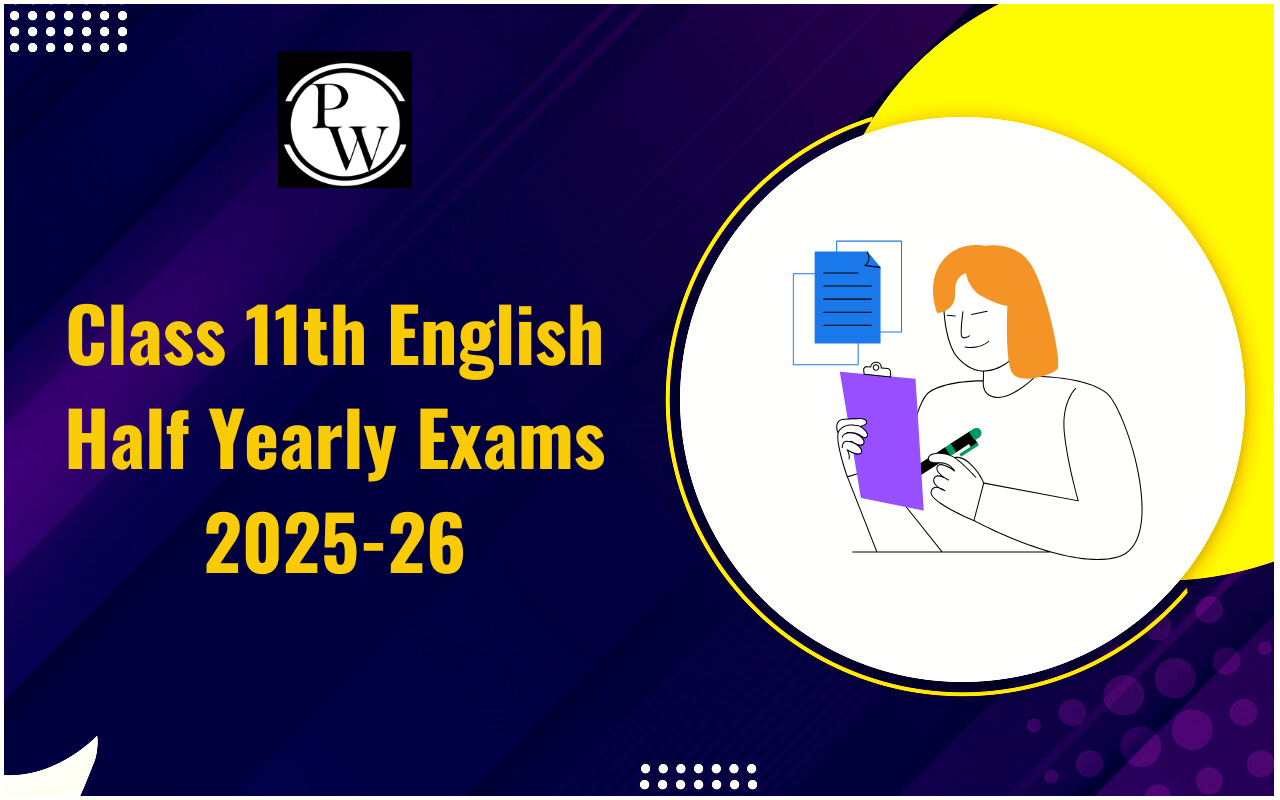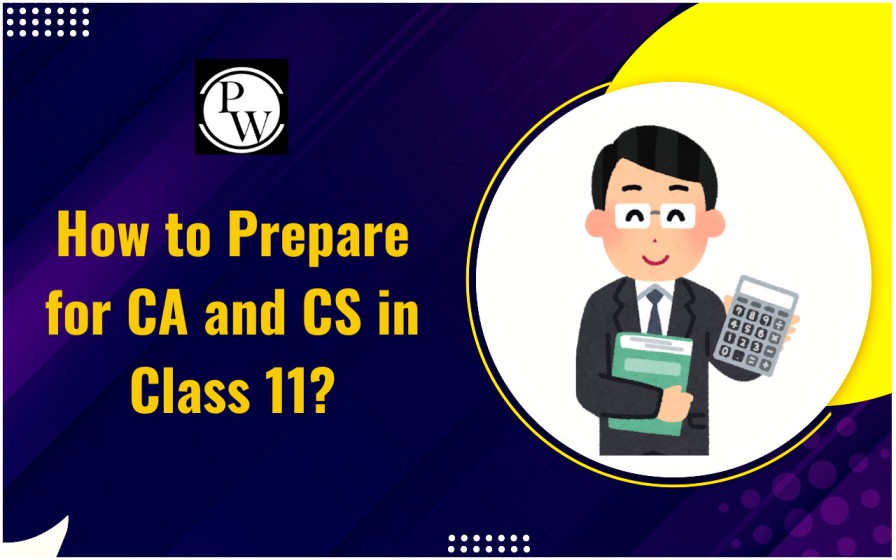
Types of Communication: Communication is one of the most important skills in life. It is a way for people to share information, ideas, feelings, and thoughts with each other. Every person communicates every day, whether they communicate at home, school, or at social settings. Communication is not just about talking, but it also involves listening, understanding, and responding.
Good communication helps in building relationships, solving problems, learning new things, and sharing ideas clearly. People who communicate well can avoid misunderstandings, and they can work together more effectively.
Below, we’ve explained what communication is, the different types of communication, why it is important to understand them, and tips to communicate effectively.
What is Communication?
Communication refers to the process of sending and receiving messages. A message that can be an idea, information, opinion, or any feeling. Communication is a two-way process, which involves the sender who shares the message and the receiver of the message.
Communication is divided into different types. For instance, there is verbal communication, in which words are used for communication. The other is nonverbal communication, where we use gestures, expressions, or body language. Some communication can be written, like emails and letters. Visual communication is another type of communication where we use images, charts, or diagrams to explain information.
For example, when a friend tells you about a problem, you listen, understand, and respond. This exchange of information is communication.
Types of Communication
Communication can be divided into four main types. Each type has its own way of sharing information. Understanding these types helps people communicate more clearly and effectively.
| Types of Communication | |||
| Type of Communication | Definition | Key Features | Examples |
| Verbal Communication | The use of spoken words to share information. | Face-to-face, phone, meetings, video calls- Includes tone of voice to express emotions- Clearly explains thoughts and instructions | Talking to a teacher about an assignment, discussing a topic with classmates in a group study |
| Nonverbal Communication | Expressing ideas without words. | Gestures, facial expressions, body movements, posture, eye contact- Can support or replace verbal communication- Expresses feelings silently | Nodding during a conversation to show understanding; Using hand gestures to explain a point |
| Written Communication | Sharing information through writing. | Letters, emails, messages, reports, notes, blogs, social media posts- Creates a record for future reference- Helps organize thoughts clearly | Sending an email to a principal requesting permission, writing a report for a class project |
| Visual Communication | Using images, charts, graphs, diagrams, and videos to convey information. | Often combined with verbal or written communication- Simplifies complex information- Makes presentations more engaging | Using a pie chart to show exam results, and displaying a diagram to explain a process |
Importance of Understanding Types of Communication
Understanding different types of communication is very important. It helps us to share ideas clearly and understand others better. It is useful in both personal and professional life.
1. Better Understanding: Understanding different types of communication helps one to understand the ways of expressing their ideas clearly. It, in turn, also helps in understanding messages from others without confusion.
2. Stronger Relationships: Good communication will help one build a strong relationship and trust. This happens when people understand one another. They can work together better and resolve any problem.
3. Effective Learning: Communication is important in schools and learning environments. Teachers use verbal, written, and visual communication to teach students. Students also communicate their questions and ideas to understand lessons better.
4. Avoids Misunderstandings: Using the correct type of communication reduces mistakes and misunderstandings. For example, written communication like emails can be used for important information so that it is clear and cannot be forgotten.
5. Helps in Personal Growth: Overall an effective communication helps in personal growth. It improves confidence, social skills, and the ability to express thoughts and opinions.
6. Supports Career Success: In the professional world, communication is one of the most important skills. Employees who communicate effectively can share ideas, solve problems, and work well in teams. Employers often look for people who can explain their ideas clearly and listen carefully.
Tips for Effective Communication
Communicating effectively is a skill that can be improved with practice. Below, we’ve mentioned some tips to communicate better:
1. Listen Carefully: For effective communication, one also needs to be a good listener. Active listening helps in understanding the message clearly and avoiding any unnecessary mistakes.
2. Be Clear and Simple: Not always tough words help in asserting fluency. Rather simple and clear words make it easier for the listener to understand and respond accordingly.
3. Use Body Language: Gestures, facial expressions, and eye contact can make your communication stronger. They help in expressing feelings and supporting your words.
4. Ask Questions: If you do not understand something, ask questions politely. This shows that you are paying attention and want to understand properly.
5. Give Feedback: Responding with feedback shows that you have understood the message. It also helps the sender know that their message was received correctly.
6. Practice Patience: Good communication requires patience. Listen to others without interrupting and give them time to explain their ideas.
7. Be Respectful: One needs to understand that communicating politely is the key. By being polite, we show respect to the ones communicating with us.
8. Use the Right Medium: Choose the right type of communication for the situation. For example, use verbal communication for immediate discussions, written communication for official messages, and visual communication for complex information.
Communication is an essential part of life. It helps people share information, ideas, and feelings. There are four main types of communication: verbal, nonverbal, written, and visual. Each type has its own importance and is useful in different situations.
Understanding types of communication is important for personal growth, building relationships, learning, and career success. By practicing good communication, listening carefully, giving feedback, and using the right methods, anyone can become a better communicator.
Good communication is a skill that can be learned and improved over time. Whether at home, school, or work, effective communication makes life easier, helps in solving problems, and strengthens relationships.
Types of Communication FAQs
What are the main types of communication?
Why is verbal communication important?
How does nonverbal communication help?
When should we use written communication?










